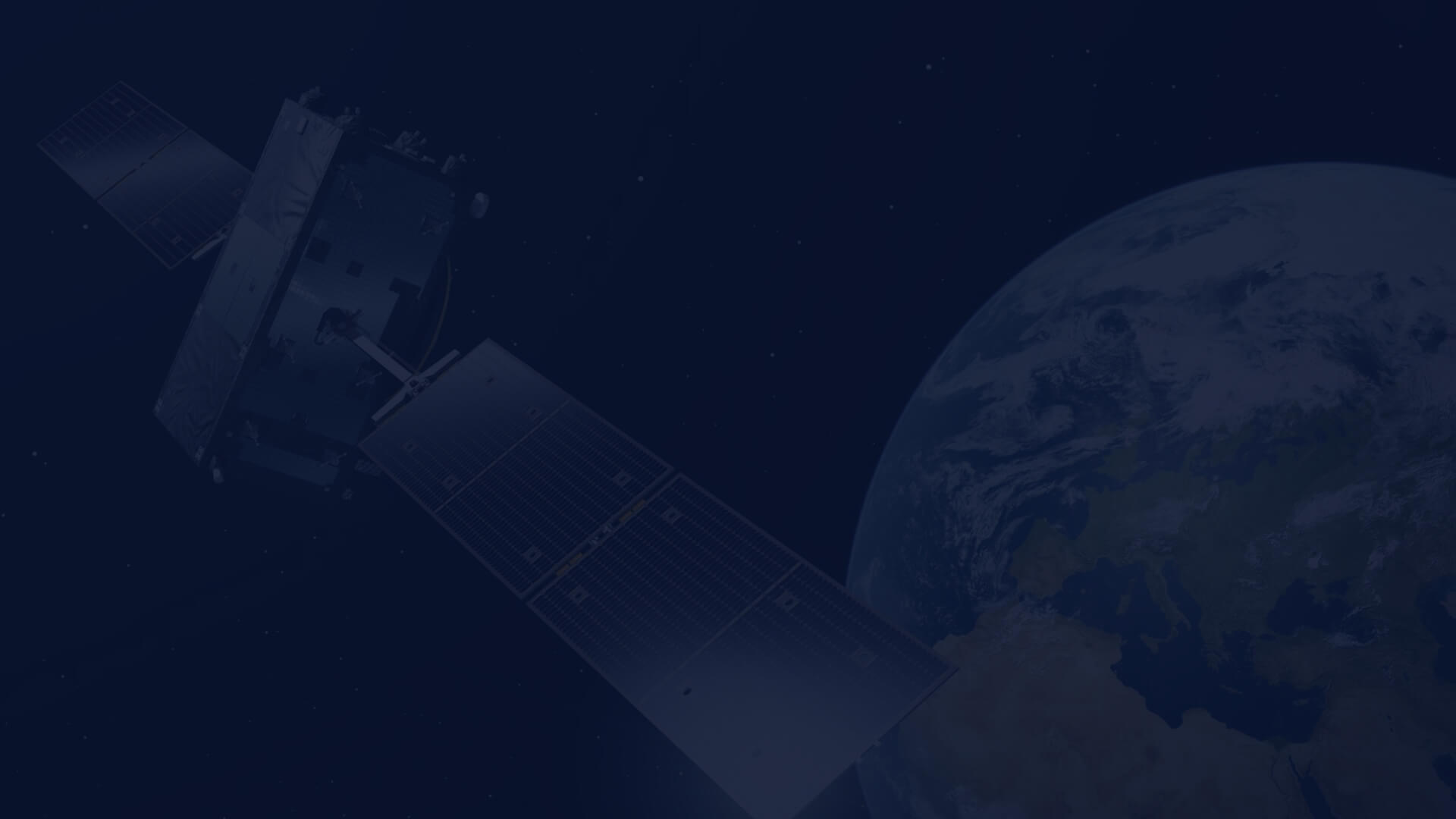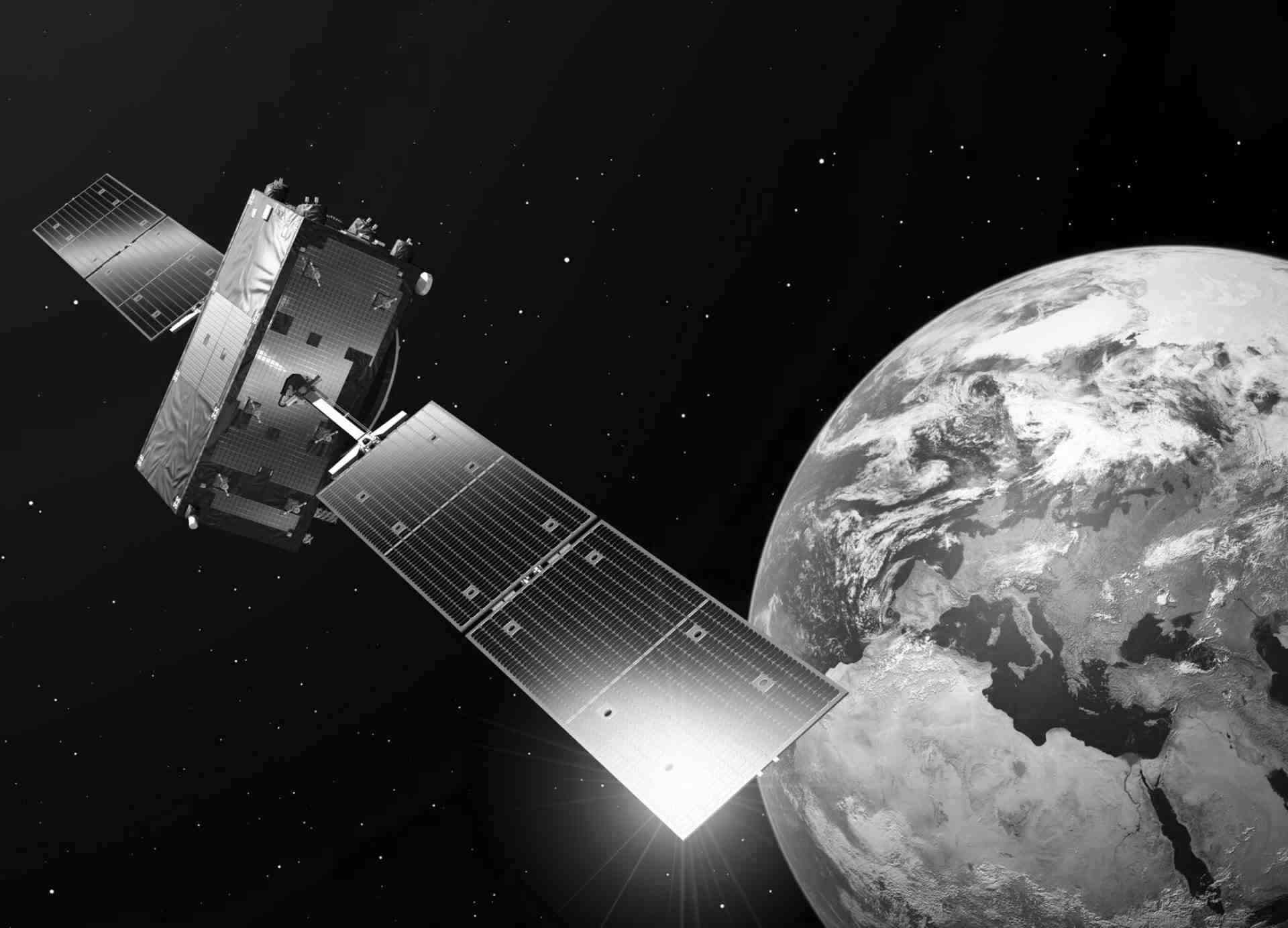Billing models
Our price list with all services is available here.
All our services can be purchased in several main billing modes. There are three main billing modes we provide to our Tenants:
Additionally to the main price list we offer a special discount for the scientific institutions.

